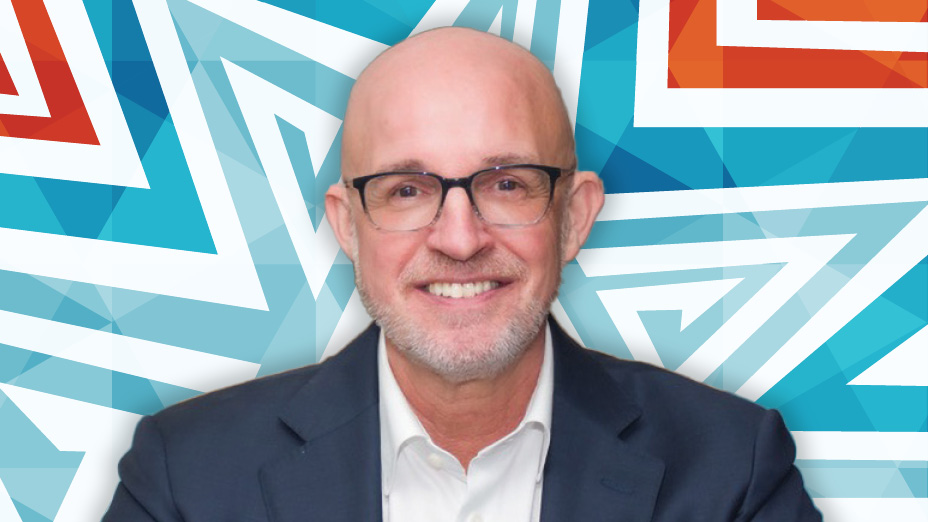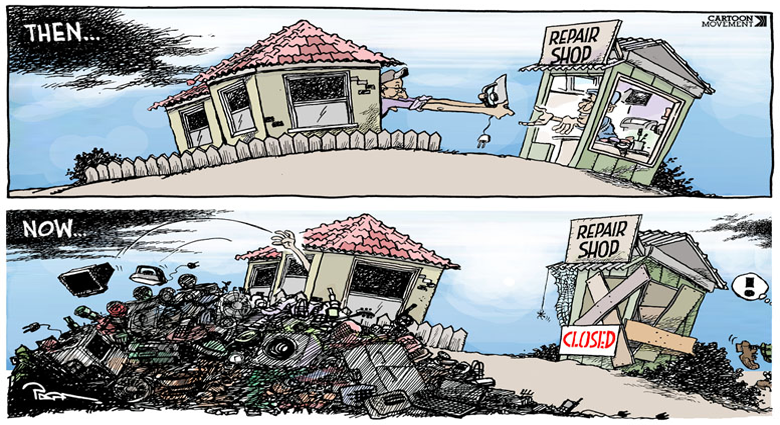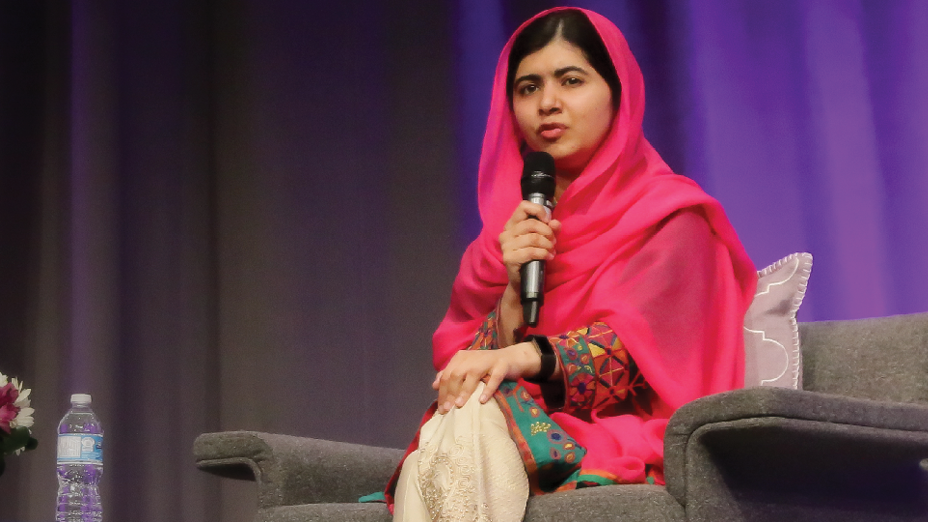There’s a word I love - SAWUBONA.
It’s a Zulu greeting that means “I see you, you are important to me and I value you.”
As a leader, let them know how much you appreciate them noticing the situation and acting on it.
Being an ally means you recognize, see, and value the experience and contributions of others.
I define allyship as a lifelong process of building supportive relationships with underrepresented or discriminated individuals or groups, with the aim of advancing inclusion. It’s about uplifting others and creating platforms for them so that their voices are heard, and they feel supported.
It’s not a corporate strategy, a box to check off on a list, or a marketing campaign focusing on one day, week, or month of the year.
While yes, it’s nice to see companies posting support for Pride, or International Women’s Day, or sharing good wishes for Ramadan, unless you can demonstrate what you do for the rest of the year - REAL results and policy changes - it rings hollow.
ACTIVE allyship is how you interact with and are intentional about including the people around you.
Every. Day. 24/7.
Allies are emerging everywhere
With more and more people willing to speak up about their experiences and more and more people standing up in support as allies, conversations are changing.
Allies make a huge impact on the success (or failure) of change. And as a leader, your allyship can be the most impactful of all!
Here are 5 things to implement in your active allyship journey.
1. Demonstrate Empathy, Not Shock
Acknowledge the situation or event and make it about the person who experienced it. Saying, “How awful, I can’t believe it!” isn’t actually supportive; it dismisses the other person’s experience. Many of us will never know what it’s like to have to put your driver’s license and registration on the dashboard BEFORE a police officer approaches the car.
Or worse, what it’s like having to teach our racialized children to do this.
Saying “I can’t believe you have to do this!” reinforces our privilege; we’ve never had to do this action, so we find it incredible that others DO.
Instead, offer: “It’s awful that happened to you. Please say more.” Or sit in silence creating space for them to share more if they choose.
Allies make the conversation about the other person and how they were affected. Practice being an active listener.
Repeat what you heard them say and make sure you have captured their words and feelings correctly.
Listen more than you speak. Show them you hear them and value the trust they placed in you by sharing their story.
2. Understand Your Biases.
"If you have a brain, you have a bias.”
Everyone has biases. It’s a fact.
What’s important is to identify YOUR biases and see how they affect your thoughts and actions.
In a Harvard Business Review article, Leadership Impact Coach Carmen Acton says, “We typically develop unconscious biases as a result of the things we were taught and the observations we made throughout our childhood and adolescence — at home, at school, in conversations with friends, and through the media we consumed (and still do).”
Visualize a doctor. Most people will picture a man. Less now, than say 10 years ago, but still, a majority picture a man.
Now visualize a nurse. Did you picture a man? Why or why not?
Look at your assumptions in various situations. Consider how your perception of a particular culture or physical condition has been affected by stereotypes. Try to understand where your beliefs and ideas are coming from.
3. Be curious
Our minds are neuroplastic, and once stretched by a new idea, will never return to their original shape. We can make an impact on our own lives by choosing how we think, what matters to us, and what will define and represent who we are in the world.
In choosing how we think, though, we need to qualify and check our assumptions and understandings. Even our Google search results will be affected by our biases and any previous search we may have made. (Possibly even the things our smartphones have heard us say. Frightening to think of, I know!)
Interesting fact:
my Google search will not give the same results as your Google search. We’ll get different sites and references for our questions shaped by the algorithm of our previous searches.
It’s up to YOU to educate yourself about the situation by doing your research - and making sure it’s from a valid source!
By demonstrating your curiosity about the situation and making an effort to learn more, you become a stronger and more informed ally.
You’ll find your outlook changes and your experience of the world will be better for it!
4. Use your voice to amplify
You may have heard this story before; in the Obama White House during his first term in office, women staff members, tired of being overlooked in meetings, started a practice they called “amplification”.
When a woman made a point in the meeting, other women in the room would amplify it, by repeating the point and identifying the original speaker: “As Naomi said, this would be an excellent way to do X” or “I agree with Amira! She was right about Y.”
The example here involves women, but the same principle applies to make sure that people with different cultural backgrounds and experiences are heard.
Their perspective can spark the idea that transforms your product or service into something even more remarkable. That’s a win for everyone.
As executives and leaders, you have the unique privilege of being able to amplify the voices around you. Find ways to implement and encourage DEI education and awareness in your workplace and policies that help balance personal and work lives.
5. Call out discrimination and microaggressions
Discrimination in all forms is wrong. We’re all in agreement here.
I believe that most microaggressions come from a place of ignorance and require education instead of retaliation or cancellation. They can range from using idiomatic expressions with racist undertones to making comments about age, gender, ethnicity, ability, or other characteristics.
A lot of our common expressions have their roots in racism. For example, saying “Long time no see” or “No can do” is a microaggression towards non-English speakers. Most times, it’s safer just to say the words and drop the expression: “It’s been ages since I saw you!” or “I can’t do it”.
Even calling someone or something “crazy” can be a microaggression and deeply upsetting to someone experiencing mental health issues themselves or someone close to them.
Other microaggressions come when talking about a physical appearance or ability.
Oftentimes, it comes down to common sense. You don’t need to be a member of a BIPOC (Black, Indigenous, or People of Colour) community to identify someone being impacted by a racist encounter. You don’t need to be 2SLGBTQI+ to hear an inappropriate comment and call the speaker out.
For a junior member of your team, it can take a lot of courage to speak up.
Encourage your staff to call out microaggressions in respectful and thoughtful ways. Demonstrate this in your meetings and interactions and watch your team thrive and grow.
So what now?
If you feel shocked by anything you just read, just imagine how your colleague, friend, or customer must feel experiencing them every day.
But there is good news!
You want to see change and you care about creating a culture where people feel seen, heard, and appreciated. You want to see the society around you represented in the workplace.
The fact that you’ve read this far means that you are already on your way to becoming a better ally, a better friend, and a better colleague.
You want to be able to live “sawubona” and for people around you to experience it.
Thank you for continuing the work towards active allyship.
And to your “sawubona”, I reply with “shiboka” - “I exist for you”.




.png)



What Did You Think?